Lightweight Carbon Fiber Wheels for Energy-Saving Fleet Upgrades
How Carbon Fiber Wheels Enable Sustainable and Energy-Efficient Fleet Upgrades
The role of carbon fiber wheels in reducing fleet carbon emissions
Switching to carbon fiber wheels cuts down on fleet emissions because these wheels weigh about 35 to 50 percent less than traditional steel ones while also boosting how well vehicles recover energy. The lighter weight means less strain on engines whether they run on gas or electricity, making acceleration around 8 to 12 percent more efficient overall. A recent study from 2024 looking at material options suggests we can expect steady growth in the carbon fiber wheel market, growing roughly 6.4 percent each year until 2032. This makes sense when considering how effective these wheels have been at reducing pollution levels specifically for trucks and other large vehicles used in shipping and delivery operations across the country.
Linking lightweight materials to sustainable fleet operations
The sustainability advantages of carbon fiber extend beyond direct emission reductions:
- Maintenance efficiency: Carbon fiber’s corrosion resistance reduces brake dust particulate emissions by 18–22% compared to aluminum wheels
- Energy conservation: Manufacturing composite wheels consumes 40% less energy than producing forged steel alternatives
- Operational synergy: Lighter wheel hubs allow for smaller, more efficient electric drivetrains in next-generation fleet vehicles, enhancing overall system efficiency
Case study: 12% emissions reduction in logistics fleet using carbon fiber composites
A 2023 trial involving 89 delivery vans showed measurable improvements after switching to carbon fiber wheels:
- Average fuel consumption dropped by 9.2% across urban routes
- CO₂ emissions per mile decreased by 12%, amounting to an annual reduction of 8.7 metric tons
- Brake pad replacement intervals improved by 17% due to superior thermal stability
These results support broader industry trends documented in the 2024 Fleet Technology Report, which highlights how composite wheels advance sustainability goals without compromising payload capacity.
Energy Efficiency Gains from Lightweight Carbon Fiber Composites in Industrial Carts
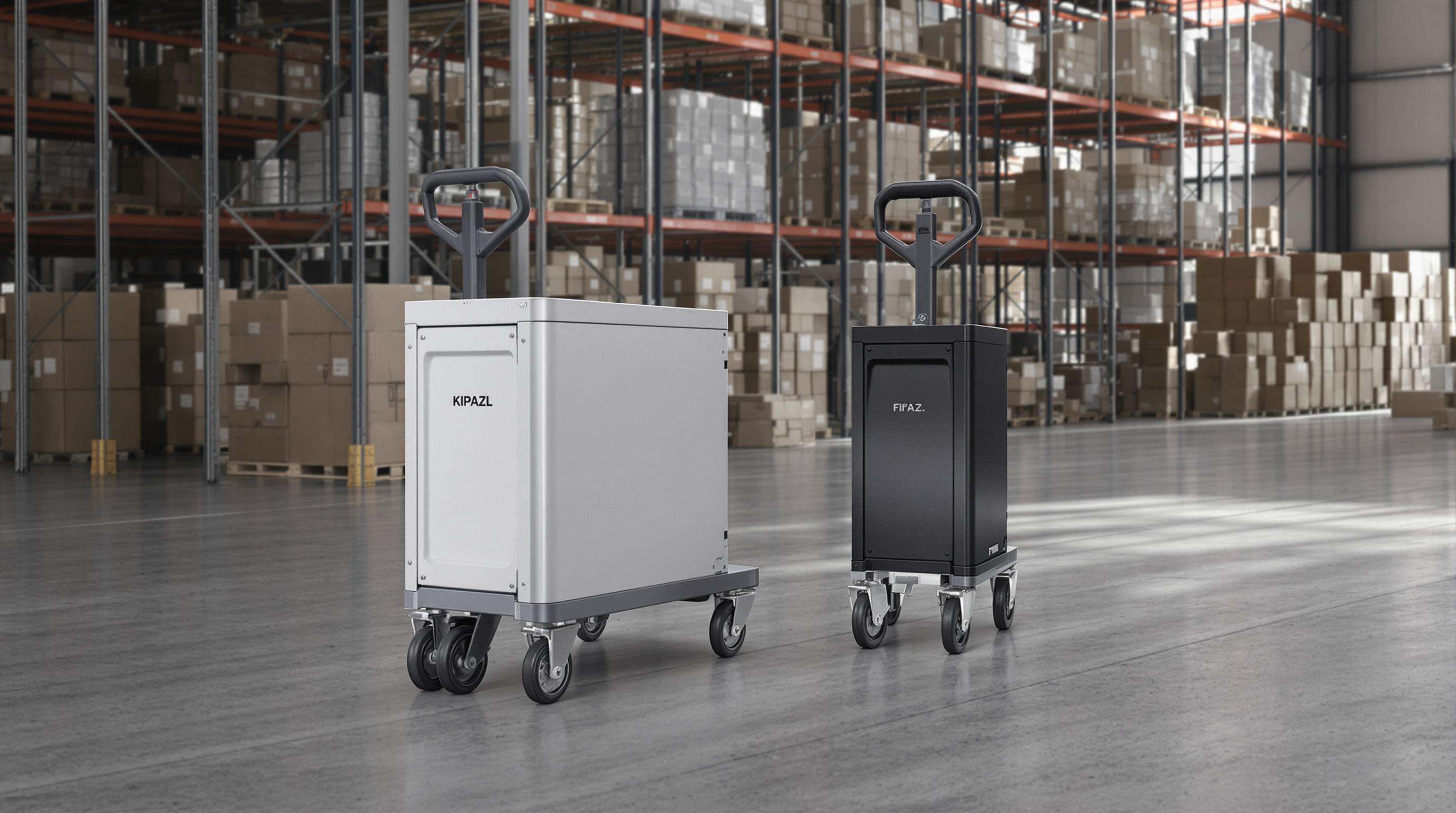
Reducing Inertia and Rolling Resistance with Carbon Fiber Wheels
Industrial carts equipped with carbon fiber wheels run much more efficiently because they reduce both rotational inertia and rolling resistance. Compared to traditional steel wheels that need about 38% extra power just to get moving thanks to their heavier build, carbon alternatives slash unsprung weight somewhere between 30 to 40 percent as noted in research from the Lightweight Composite Wheels project. The lighter weight makes all the difference when it comes to starting and stopping quickly something that warehouse managers know matters a lot during those busy shifts where every second counts on the loading docks and throughout storage areas packed with inventory.
Performance Data: 15–20% Improvement in Energy-Efficient Material Handling
Operational data from recent deployments reveal significant efficiency gains:
| Metric | Steel Wheels | Carbon Fiber Wheels | Improvement |
|---|---|---|---|
| Energy per mile (kWh) | 0.85 | 0.68 | 20% |
| Daily cycles per charge | 22 | 26 | 15% |
These improvements are consistent with reports from logistics operators adopting carbon fiber, where reduced rolling resistance has extended battery life in automated guided vehicles (AGVs), lowering charging frequency and boosting uptime.
Carbon Fiber vs. Aluminum vs. Steel: Comparative Efficiency Analysis
Although aluminum reduces weight by 50% compared to steel, carbon fiber composites achieve up to 80% weight savings while offering three times the tensile strength. This creates a compounding effect on efficiency:
- Acceleration energy: 62% less than steel
- Heat dissipation: 40% better than aluminum under sustained loads
- Payload capacity: 18% higher than steel wheels due to weight savings
As a result, leading manufacturers increasingly specify carbon fiber for high-cycle applications, where its fatigue resistance outperforms both aluminum and steel in durability tests exceeding 10,000 hours.
Design and Optimization of Carbon Fiber Wheels for High-Performance Fleet Applications
Principles of Lightweight Wheel Design for Industrial Cart Fleet Efficiency
Switching to carbon fiber wheels cuts down on rotational weight somewhere around 40 to maybe even 60 percent compared to regular steel ones, which makes cars accelerate faster and stop quicker when needed. When designing these wheels, engineers spend a lot of time tweaking the spoke shapes to cut wind resistance but still keep everything strong enough for real world use, particularly important for machines that run constantly in factories or warehouses. They rely on sophisticated computer simulations these days to map out where stresses will build up across different parts of the wheel. This lets them create lighter yet durable designs that handle heavy loads without wasting materials, so the wheels last longer and perform better overall in most conditions.
Material Innovation in Cart Manufacturing: Trends from 2020 to 2024
Since around 2020, hybrid carbon fiber materials made by mixing traditional carbon fiber with thermoplastic polymers have become the big breakthrough in material science. Tests show these hybrids can withstand impacts about 18 percent better than regular carbon fiber alone. The manufacturing process has also improved thanks to automated fiber placement technology, cutting down on wasted material by roughly 27 percent while still hitting those tight specifications needed for aircraft parts. Fleet managers are particularly interested in these new materials because they need wheels that won't bend or break after handling something like 80 thousand load cycles during normal operation. This kind of durability is becoming increasingly important as companies look for ways to extend component life without compromising safety standards.
Balancing Durability and Performance: Real-World Data vs. Common Concerns
Looking at field reports from around 12 thousand fleet vehicles, we find carbon fiber wheels suffer roughly 90% less corrosion issues compared to their aluminum counterparts. Back when people worried these wheels might crack easily, recent 2023 service records tell another story altogether. Mechanics are replacing them at about 60% lower rates than before because manufacturers have gotten better at making those resin matrices that hold everything together. When it comes to tough conditions on roads, carbon fiber really shines. The material stands up against wear and tear while weighing so much less than steel. We're talking about seven times more durability per unit weight actually. That kind of performance makes sense why more trucking companies are starting to switch over despite the higher upfront costs.
Total Cost of Ownership: Upfront Investment vs. Long-Term Energy and Fuel Savings
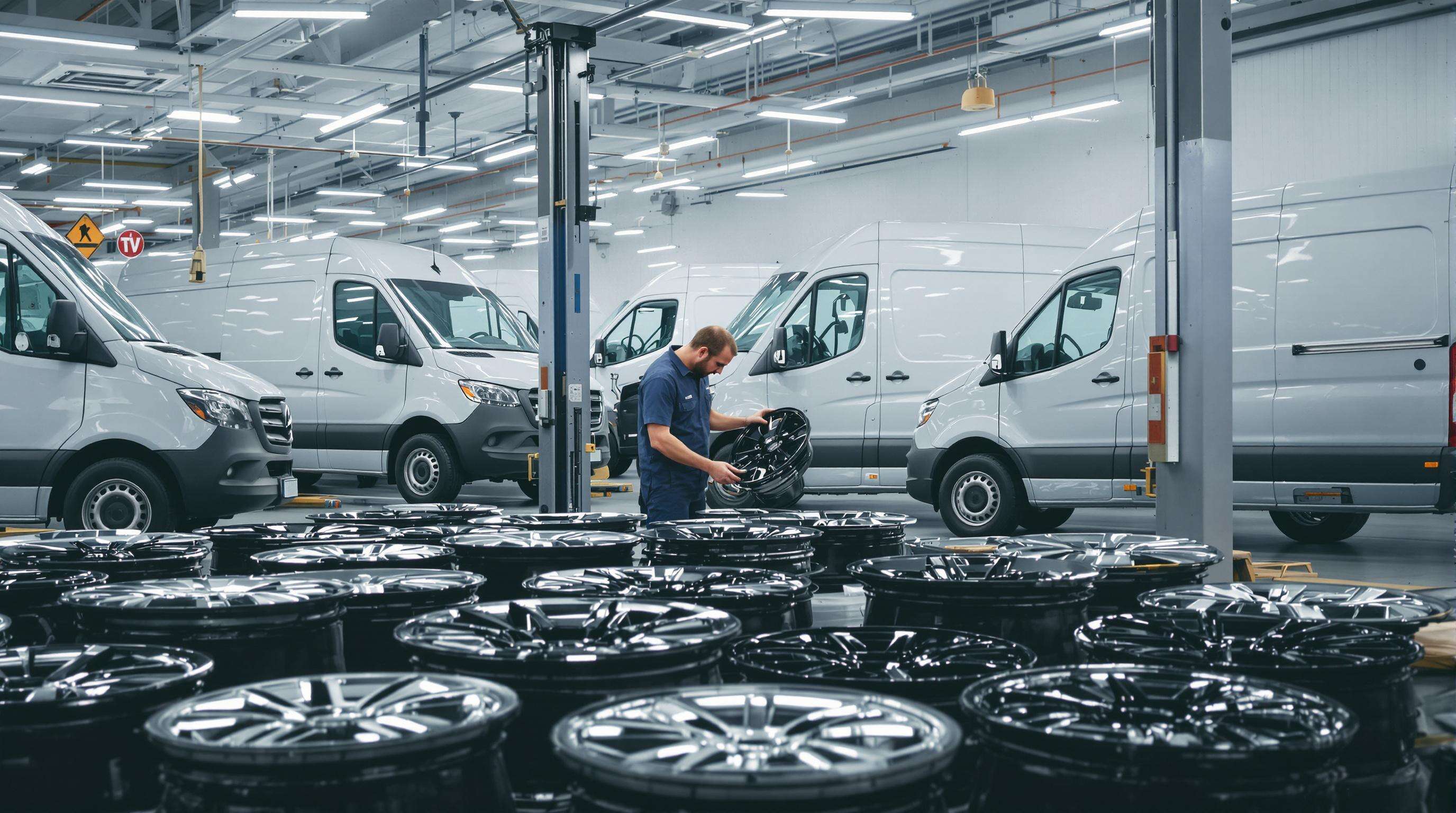
Impact of reduced unsprung mass on fleet vehicle fuel efficiency
Switching to carbon fiber wheels cuts down on what's called unsprung mass, those parts of the vehicle that aren't held up by the suspension system, by around 40% when compared with traditional steel wheels. What does this actually mean? Well, lighter wheels require less energy to move forward and stop, which translates into better gas mileage overall. According to some figures from the Transportation Efficiency Report released last year, cutting just 20 kilograms off each wheel can save between 3 and 5 percent in fuel costs during those frustrating city drives full of constant stopping and starting. Fleet operators who run their vehicles tens of thousands of miles every year stand to gain the most from these kinds of improvements, making carbon fiber an attractive option despite the higher upfront cost.
Energy savings rule of thumb: 6–7% reduction per 10% weight loss
Industry data confirms a strong correlation between weight reduction and energy savings. Replacing traditional wheels with carbon fiber typically achieves a 50–60% weight reduction, translating to 12–15% in fuel savings. This aligns with the established efficiency principle in electric fleets: every 10% reduction in vehicle weight yields a 6–7% decrease in energy consumption.
Strategic integration into maintenance planning for maximum ROI
Carbon fiber wheels might cost 2 to 3 times what steel ones do upfront, but they tend to stick around much longer too about 8 to 12 years instead of just 3 to 5 for regular steel. Plus, these composite wheels need way less maintenance overall. Looking at actual numbers from fleet operators, there's been roughly a 22 percent cut in repairs related to wheels after five years on the road. For most commercial vehicle owners, the extra cash spent initially gets paid back pretty quickly, usually somewhere between 18 and 30 months when factoring in better fuel economy, fewer breakdowns, and simply not having to replace wheels so often.
FAQ Section
Why are carbon fiber wheels considered more sustainable than steel wheels?
Carbon fiber wheels are more sustainable as they weigh significantly less, reducing energy consumption during transportation and enabling better fuel efficiency due to reduced unsprung mass.
How do carbon fiber wheels impact energy efficiency in vehicles?
They lower the vehicle mass, enhancing acceleration and braking efficiency, and reduce rolling resistance, lowering fuel and energy consumption.
What is the average lifespan of carbon fiber wheels compared to steel wheels?
Carbon fiber wheels typically last 8 to 12 years, compared to 3 to 5 years for steel wheels.
Are there any drawbacks to using carbon fiber wheels?
The primary drawback is their higher upfront cost, which can be 2 to 3 times more than steel wheels, though the long-term savings generally outweigh the initial investment.
Recommended Products
 Hot News
Hot News
-
Forged Carbon Products
2024-05-21
-
Forged Off-Road Accessories
2024-05-21
-
GVICHN Introduces Revolutionary Forged Two-Piece Product
2024-05-21


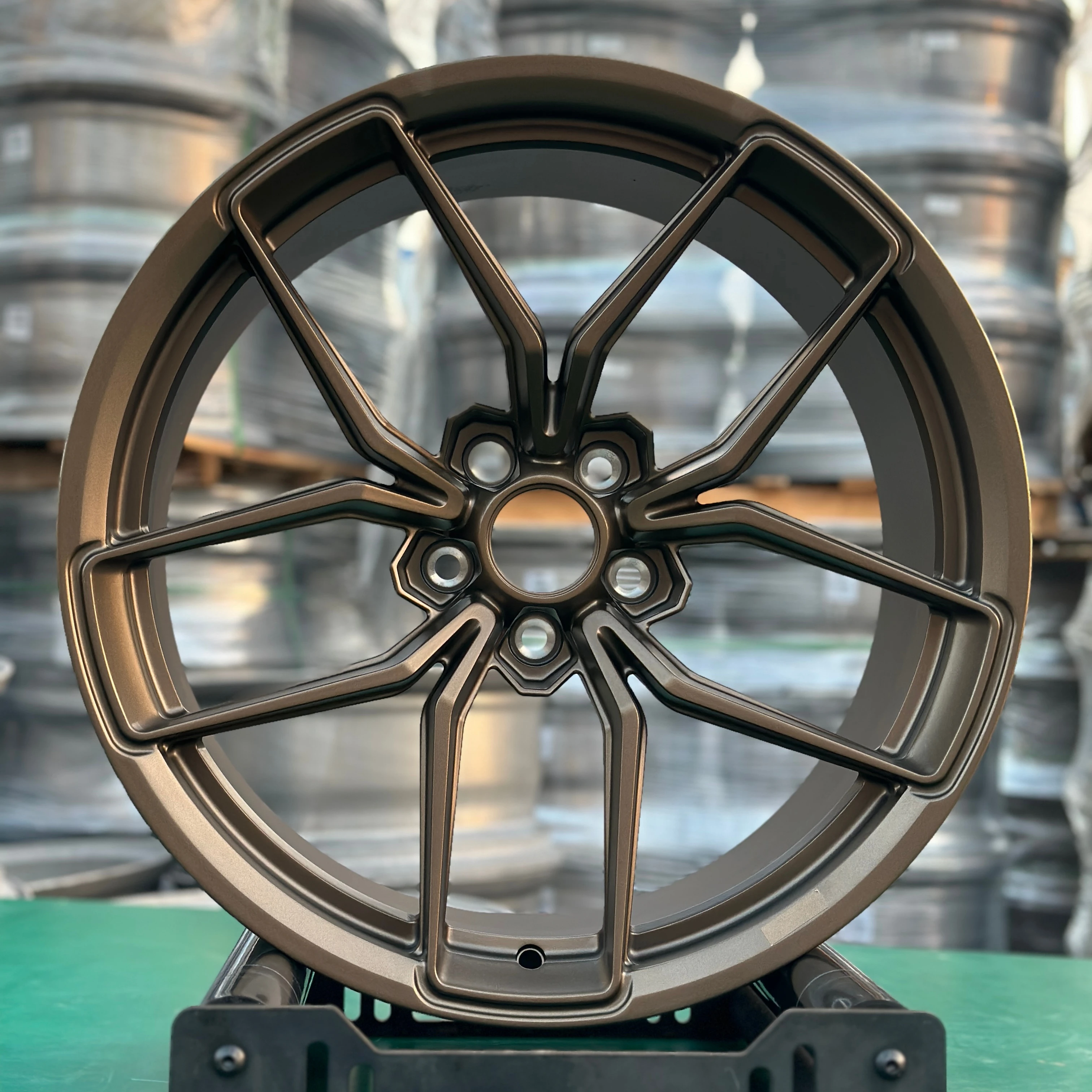
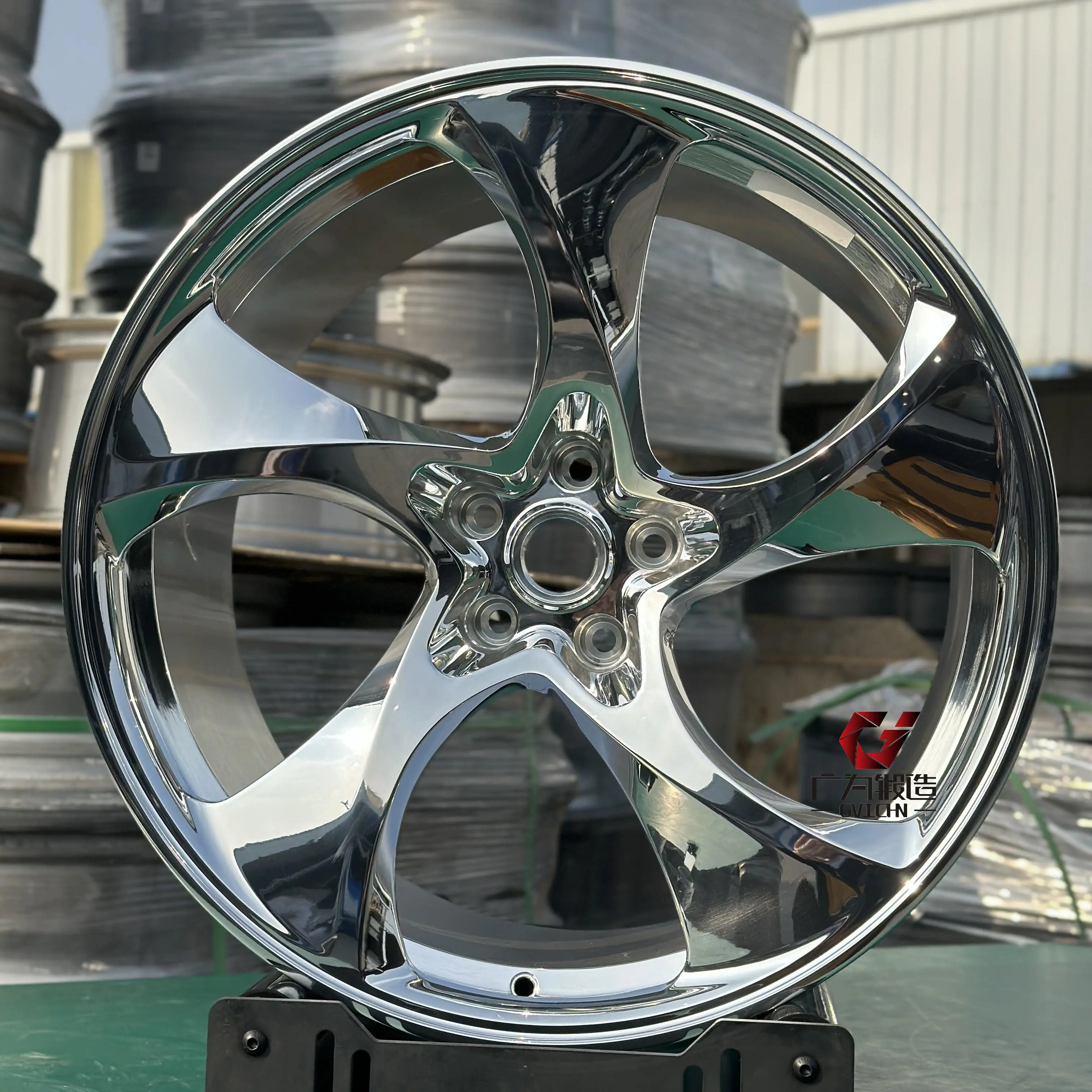

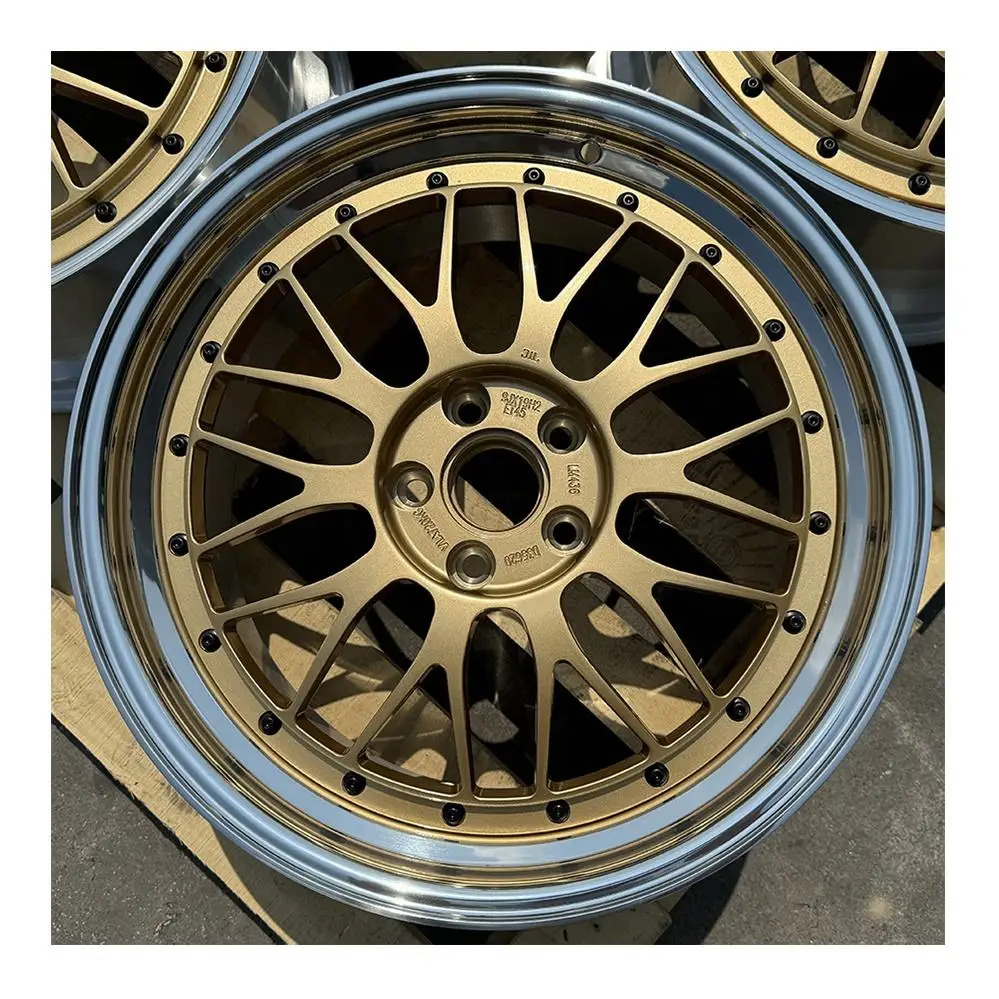
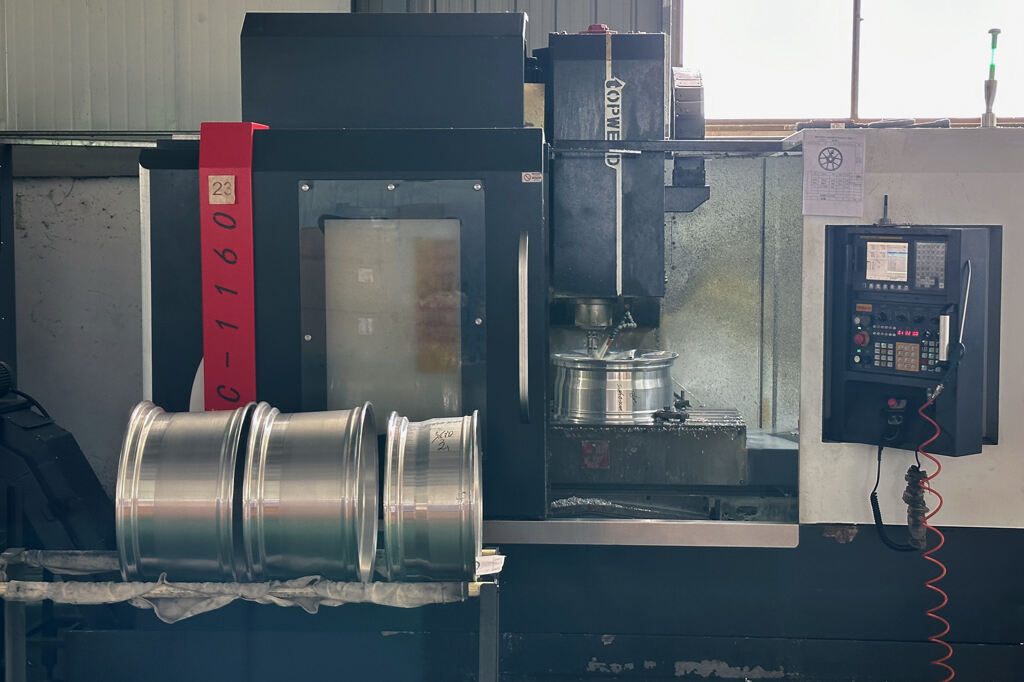
 ONLINE
ONLINE